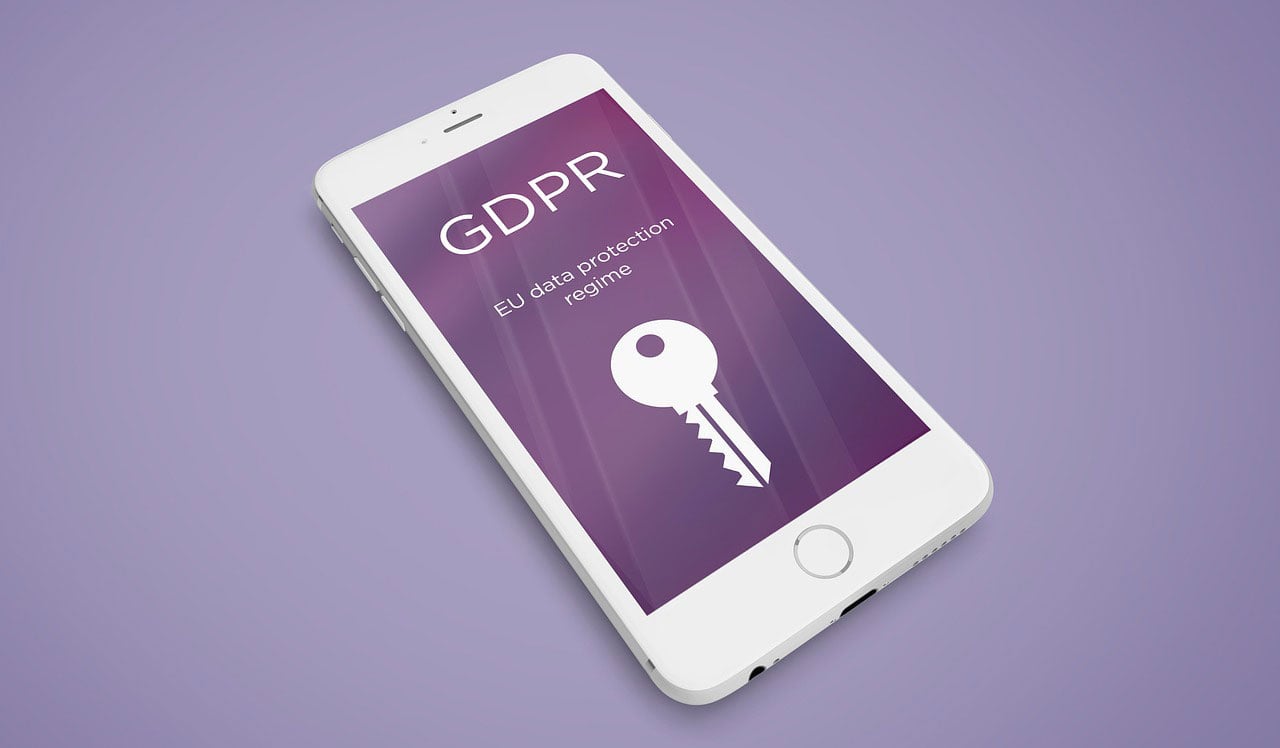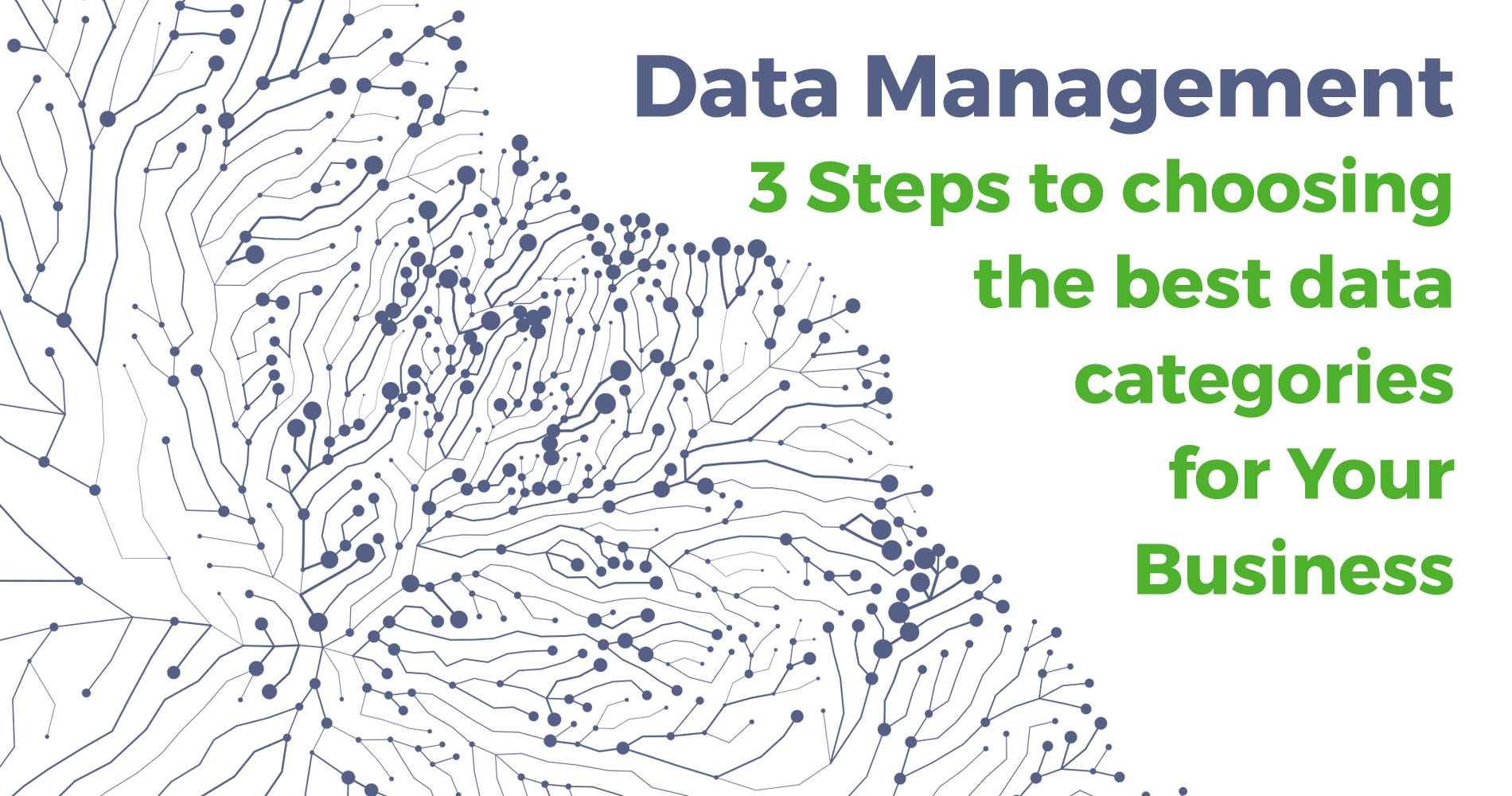One of the main question around GDPR and data that tend to come up most is “is my current digital marketing data up to scratch?” and “How do I make sure my email lists are compliant?”
The chances are, unless you have been more than scrupulous with the collation of your marketing databases, you won’t be in a compliant position. And given the headache most data processing and marketing is for most SME’s it feels to a lot of people like a massive task to put it right.
One person I’ve spoken to even wondered, if in the case his data wasn’t compliant, if there was any point even carrying on!
There has been a lot of talk around in recent times, and as well as some good information from the Information Commissioners Office, a lot of erroneous information too. My advice is to seek professional and knowledgeable help on these matters, to make sure you are going to be in a good place.
Broadly speaking, there are 3 things you’ll need to do to ensure your digital marketing data is GDPR compliant.
Data Capture
Collect all the data you have, all the records, email address, and anything else that’s got customers personal records on. It’s really important to make sure you get the data you have from whatever sources you have them. These include the obvious places like email databases run by third-party suppliers, to less obvious places like laptops that people take home to work on. Accounts data, campaign data, special offers, segments etc.
There are probably a surprising amount of places where you’ll find personal data hanging around, and old unused lists that have kicked around for years and years.
Data Cleanse and ‘Repermissioning’
Once we ave all our data in the one place, it’s really important make sure that data is nice and clean, accurate and does contain any duplication.
It’s really easy to build different email lists for instance and then re combine those list back into the main database! Causes no end of trouble, especially if you accidentally recombine the ‘unsubscribe’ list for instance.
One word of warning here. Be prepared for a significant drop off in volume.
I’ve seen databases reduced by as much as 85% due to poor data quality and management over a period of time resulting in duplicates and out of date / incomplete data.
On the plus side, this data is basically rubbish anyway, and you need it out of your marketing effort. It adds to your storage costs, and the number of emails you’ll have to send, but do little else for you.
A highly targeted, clean list can result in as much as 60% or 70% open rates, versus poor lists that can result in less than 10% open rates. So the balance is a lower volume, higher performing campaign, versus a higher volume poorly performing campaign.
Once that data is nice and clean you can go about your re-permissioning campaign. This is basically about getting in touch with your lists and asking them for the permissions you’ll need in order to market to them in the future.
Data Design
This is where the magic happens. And this is where the GDPR compliance gets baked into your systems. You will need to create a database, or data receptacle, that allows for the collection of new data, and the storage of your newly re-permissioned data too.
And within the design of the tables that hold your data, simply build in the pieces of information you need to store, and the permissions that you need to market to people within the structure of the data tables themselves.
This makes compliance very straight forward indeed, as everything that is required is captured at source for you, and immediately available to demonstrate your good practices.
You’ll also need the most up to date security in place too, an aspect of GPDR that’s often overlooked.
Your new clean data will also empower you marketing data analysis to drive your campaigns more effectively an/inbound-tool-set/marketing-analytics/d truly track your ROI.
It sounds a lot to do, but with the right partner, and a step by step approach it can be made relatively painless.
The issue is finding the partner, and making sure you aren’t paying for functionality you don’t need yet, and at the same time, making sure you are ‘future proof’ in terms of the demands you’ll be putting on your data in the years to come.
Real Inbound can help with free, no obligation advice on all matters relating to Digital Marketing Data. Just drop me a line on tony@realinbound.co.uk and I’ll do my best to help!






